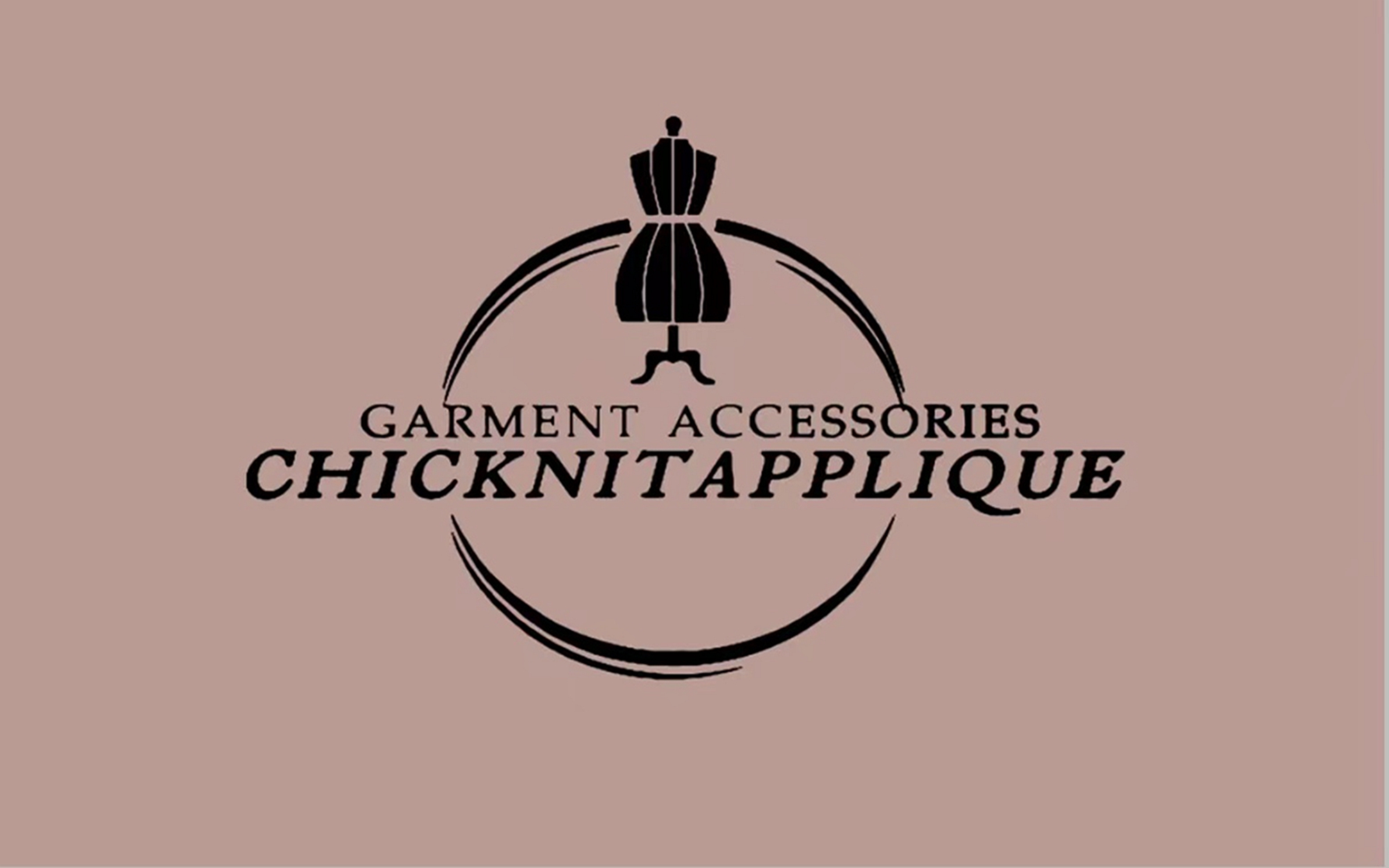301-C058, Building 2, No. 1, Ma Wu Road, Baoan Community, Yuanshan Street, Longgang District, Shenzhen City, Guangdong Province
The Mid-autumn Festival (or Zhong Qiu Jie in Mandarin), also known as the Mooncake Festival, falls on the 15th day of the eighth lunar month. It is called the Mid-autumn Festival because the 15th day is the middle of a month, and the eighth lunar month is in the middle of autumn.1 In Singapore, mooncakes and lanterns are offered for sale as early as a month before the festival.2 These days, however, it has become more common to give mooncakes as gifts than to eat them during the festival.3 The custom of offering sacrifices to the moon has been replaced by celebrating the festival with family and friends.4 Moon-viewing parties is one way to enjoy the occasion, with family and friends sitting in gardens lit by paper lanterns, sipping tea, nibbling on mooncakes, and if so inspired, composing poetry in venerable Tang Dynasty fashion.5
Significance
The full moon is considered a symbol of reunion, as such the Mid-autumn Festival is also known as the Reunion Festival.6 Shaped round like the full moon, mooncakes signify reunion.7 The Mid-autumn Festival is associated with the moon and “moon appreciation” (shangyue) parties, particularly because the moon is at its brightest during this time.8 The festival also coincides with the end of the autumn harvest, marking the end of the Hungry Ghost Festival, which occurs during the seventh lunar month. The day of the Mid-autumn Festival is traditionally thought to be auspicious for weddings, as the moon goddess is believed to extend conjugal bliss to couples.9
Celebrations
The Mid-autumn Festival is held in conjunction with the worship of the God of Heaven. On this night, many houses are illuminated with lanterns, and feasts and dance parties are held on a grand scale. In Chinese tradition and literature, a full moon symbolises completeness and is associated with family reunion. The month of the festival is a popular time for family gatherings with traditional activities such as “moon viewing” (shangyue) and lantern-carrying.22 As part of the celebrations, many organisations organise community festivities where senior citizens, children and adults alike are invited to partake in delicious mooncakes, go for moonlit walks, and watch traditional Chinese performances. Some common performances include Chinese dance, Chinese opera, cross-talk and puppetry.23
Offerings of mooncake and pomelo are made to the moon. Thirteen types of offerings to the moon, signifying the number of months in a full lunar year, are prepared by the female members of the family. Each offering has its own significance. Cosmetics may also be placed on the altar in the belief that it would beautify the user.24 During the festival, people also admire osmanthus flowers, which are regarded as a symbol of purity and innocence. Osmanthus flowers usually bloom during the festival period.25
